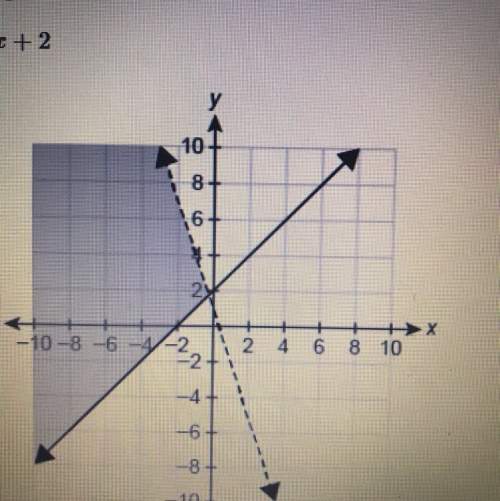
Mathematics, 03.12.2019 05:31 murrachl000
Is there a relationship between confidence intervals and two-tailed hypothesis tests? let c be the level of confidence used to construct a confidence interval from sample data. let α be the level of significance for a two-tailed hypothesis test. the following statement applies to hypothesis tests of the mean. for a two-tailed hypothesis test with level of significance α and null hypothesis h0: μ = k, we reject h0 whenever k falls outside the c = 1 − α confidence interval for μbased on the sample data. when k falls within the c = 1 − α confidence interval, we do not reject h0.(a corresponding relationship between confidence intervals and two-tailed hypothesis tests also is valid for other parameters, such as p, μ1 − μ2, or p1 − p2, which we will study later.) whenever he value of k given in the null hypothesis falls outside the c = 1 − α confidence interval for the parameter, we reject h0. for example, consider a two-tailed hypothesis test with α = 0.01 andh0: μ = 20 h1: μ ≠ 20a random sample of size 31 has a sample mean x = 23 from a population with standard deviation σ = 5.(a) what is the value of c = 1 − α? construct a 1 − α confidence interval for μ from the sample data. (round your answers to two decimal places.)ower limit upper limit what is the value of μ given in the null hypothesis (i. e., what is k)? k = is this value in the confidence interval? yesno do we reject or fail to reject h0 based on this information? we fail to reject the null hypothesis since μ = 20 is not contained in this interval. we fail to reject the null hypothesis since μ = 20 is contained in this interval. we reject the null hypothesis since μ = 20 is not contained in this interval. we reject the null hypothesis since μ = 20 is contained in this interval.(b) using methods of this chapter, find the p-value for the hypothesis test. (round your answer to four decimal places.)do we reject or fail to reject h0? we reject the null hypothesis since there is sufficient evidence that μ differs from 20.we fail to reject the null hypothesis since there is sufficient evidence that μ differs from 20. we fail to reject the null hypothesis since there is insufficient evidence that μ differs from 20.we reject the null hypothesis since there is insufficient evidence that μ differs from 20.compare your result to that of part (a).we rejected the null hypothesis in part (b) but failed to reject the null hypothesis in part (a).these results are the same. we rejected the null hypothesis in part (a) but failed to reject the null hypothesis in part (b).

Answers: 3


Other questions on the subject: Mathematics

Mathematics, 20.06.2019 18:04, keshonerice
Find |−5|. a. −5 b. 5 c. one-fifth d. –one-fifth !
Answers: 1


Mathematics, 21.06.2019 20:30, Trinhphuongtran
You have a square piece of cardboard that measures 14 inches on each side. to build a box, you cut congruent squares out of each corner of the cardboard. use the picture to find the area of the cardboard you were used to build the box
Answers: 2

Mathematics, 21.06.2019 21:00, vliu470
Even if a person is in very good shape, applying to be a police officer requires commitment to fitness. applicants must pass a physical fitness test. in order to prepare for the test, janet purchases an activity tracker to court her steps. her goal is to walk 10,000 steps each day. she measures heard average step length to be 30 inches. play janet runs, her average steps length increases to 36 in. how many steps would she have to take to run 1 mile 50280 round to the nearest step
Answers: 3
You know the right answer?
Is there a relationship between confidence intervals and two-tailed hypothesis tests? let c be the...
Questions in other subjects:




Arts, 21.09.2020 02:01

Mathematics, 21.09.2020 02:01



Mathematics, 21.09.2020 02:01

Mathematics, 21.09.2020 02:01





